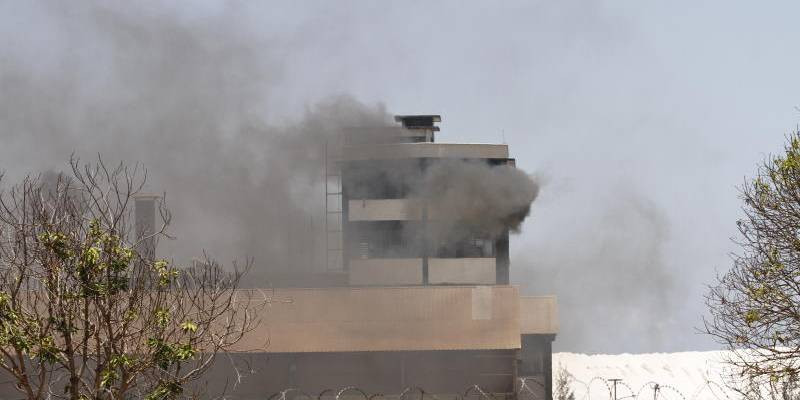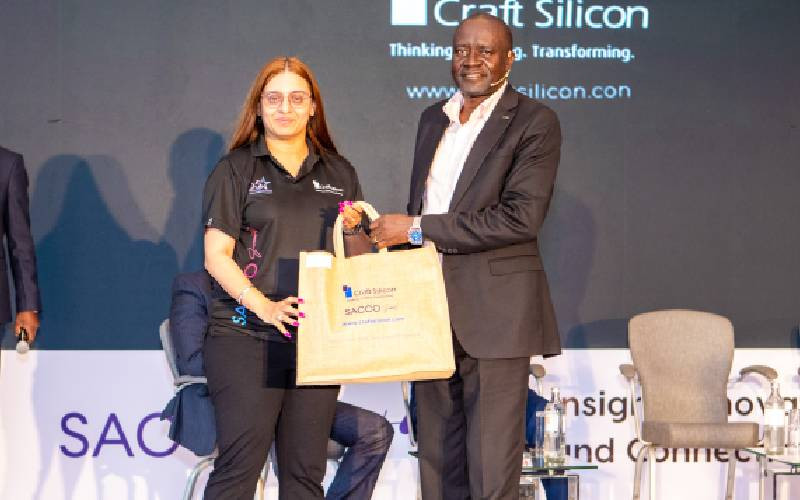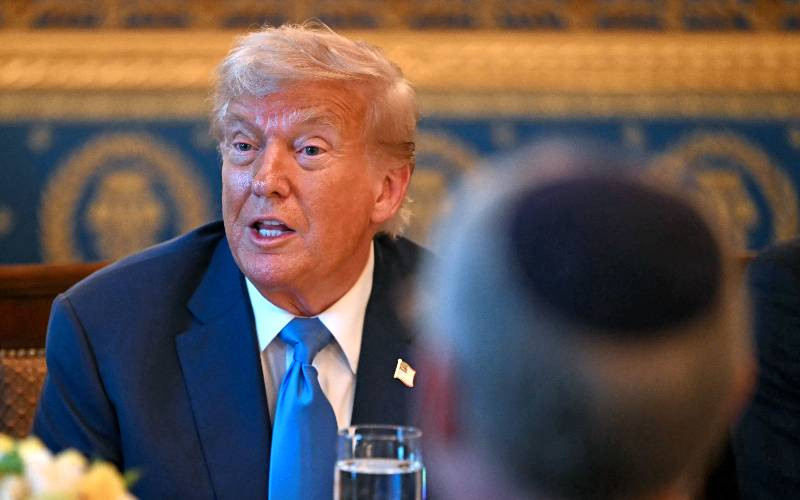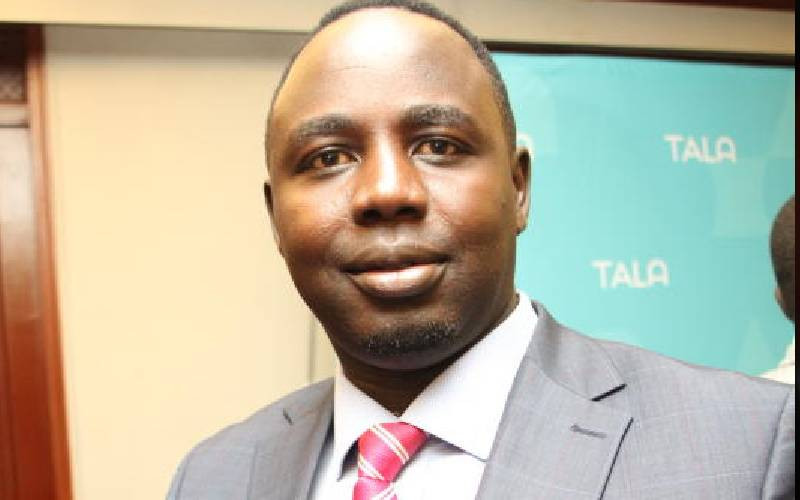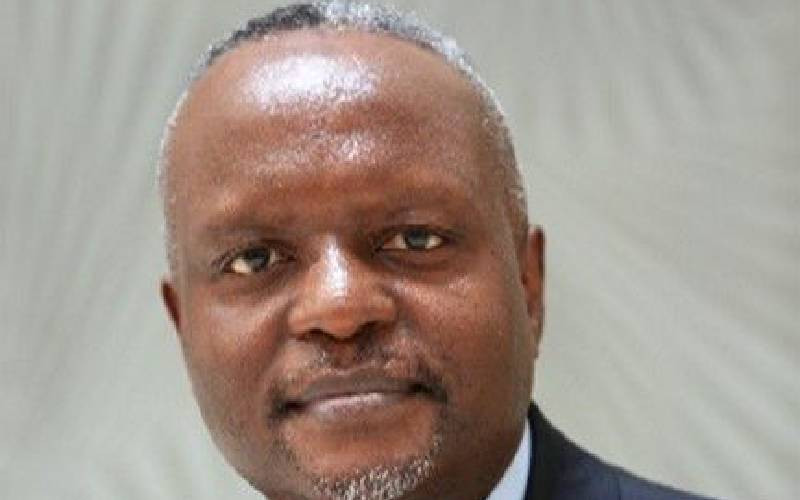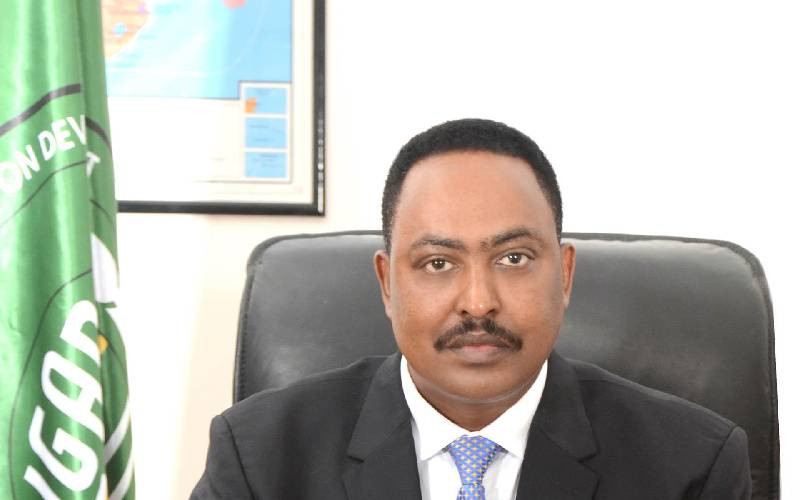
At the age of 32, just as she was preparing to step into marriage, Esther Shiyayo’s world came crashing down. She tested HIV positive while her fiancé tested negative.
But nothing, not even the HIV test, could break the two lovebirds. Shiyayo was put on HIV treatment while her partner enrolled for pre-exposure prophylaxis (PrEP) to prevent infection. It was not an easy journey though. Sometimes, despair crept in. But they soldiered on, holding onto hope, and determination conquered the fear of the HIV scourge that has ravaged many in the country.
And, 27 years later, the couple has raised six HIV-negative children, an achievement she attributes to adherence to treatment and proper medical support.
Drawing from her personal experience, Shiyayo, from Shinyalu in Kakamega County, has been a mentor mother, instrumental in walking alongside HIV-positive pregnant women, guiding them through treatment adherence to prevent mother-to-child transmission.
But now things are looking a bit bleak following United States President Donald Trump’s executive order that threatens health sector donor funding. Shiyayo fears the hard-won gains in the fight against HIV could be reversed.
“My worry is that more mothers may default on treatment during pregnancy, increasing the risk of newborn infections. Without consistent support, access to life-saving interventions could become limited, leaving expectant mothers and their unborn babies vulnerable,” says the mother, who fetches a monthly pay of Sh10,000 for her role.
Shiyayo is employed at Shinyalu Modern Hospital by Nuru ya Mtoto, a programme supported by PATH that works with USAID, drawing funding from PEPFAR, a project aimed at eliminating mother-to-child transmission and adherence to treatment by people living with HIV.
“The Sh10,000 pay is important, but even if I am not paid, I cannot stand seeing babies being born with HIV. My fight for an HIV-free generation is personal, and I will go out of my way to ensure no child is born with HIV. The journey of HIV can traumatise,” says the mentor mother who has walked with at least 300 mothers giving birth to HIV-negative babies.
The pause of foreign assistance by the US government, particularly Pepfar and USAid support, has created tension and confusion within Kenya’s healthcare system, more so in HIV advocacy spaces, says Nelson Otwoma, the executive director of the National Empowerment Network of People Living with HIV/Aids in Kenya (NEPHAK).
Fears is growing among people living with HIV even as the government reassures the public of continued access to services that include antiretroviral (ARV) treatment in case of complete donor withdrawal.
“People are worried. They are asking whether they will continue receiving their ARVs. But even with the government’s reassurances on ARV supply, HIV care goes beyond just dispensing ARVs. What of prevention measures such as access to PrEP and efforts to eliminate mother-to-child transmission of HIV?” poses Otwoma.
The Kenyan government has been receiving support from the US government, majorly through USAid, Pepfar, the Presidential Malaria Initiative (PMI), and the Department of Defence and Centre for Disease Control and Prevention (CDC).
Apart from heavy support in HIV, the US government supports the elimination of malaria and TB, the promotion of maternal and child health, and sanitation.
With 20 years running in Kenya, Pepfar has been working to reach global targets of 95-95-95, ensuring at least 95 per cent of the population knows their HIV status, 95 per cent are put on ARVs, and 95 per cent have their viral load suppressed.
Stay informed. Subscribe to our newsletter
Additionally, through the current Country Operation Plan (COP23), running from 2023 to 2025, Pepfar had planned to support the country in achieving a 50 per cent reduction of mother-to-child transmission to below five per cent by this year.
Mother-to-child transmissions
COP is an annual plan that sets Pepfar’s strategy. Laying out a plan and budget on what to fund and how much.
As per the current COP Pepfar report, 32 per cent of mother-to-child transmissions are due to treatment drop-off.
The report adds that newly identified positive mothers are more likely to drop off treatment than those already on ARV, noting the need to have mentor mothers to avert transmission.
Support from the US government and other donors like the Global Fund has strengthened Kenya’s response to HIV and maternal healthcare, including prevention of mother-to-child transmission.
Since 2010, Kenya has gradually reduced new HIV infections by more than 67 per cent, decreasing from 101,000 cases in 2010 to approximately 16,752 infections in 2024.
At least 1,378,457 Kenyans are living with HIV, of whom 1,336,681 are on treatment, with seven per cent mother-to-child transmission, shy of by per cent to reach the global target of below five per cent.
It, however, remains a puzzle on whether the Kenyan government will fill the gap in HIV and health support the country continues to enjoy, should the donors pull out.
In the COP report, for example, running from 2023 to 2025, Kenya received a total of $322,000,000, inclusive of all new funding accounts and applied pipeline.
In the allocation, a sum of $14,421,953 was for the Department of Defence (DOD), the Department of Health and Human Services (HHS) was allocated $131,436,643, $190,000 for the Peace Corps (PC), $100,951,666 for USAID, $72,854,140 for the Working Capital Fund of USAID (USAID/WCF), $320,210 for the state, and $1,825,388 for the Department of State.
Out of the total allocation, $217,956,503 was for the current financial year running from October 2024 to September 2025.
The biggest allocation was for Care and Treatment of HIV ($168,033,865), followed by support to Orphans and Vulnerable Children that received $43,607,312, Gender-Based Violence ($5,978,962), and $336,364 for water.
Cervical cancer, the leading type of cancer in deaths, with an association with HIV, was allocated a sum of $3,268,371.
Amid suspended foreign aid, Kenya’s ARVs supported by PEPFAR through the Mission for Essential Drugs (MEDS) shall be out of stock by May.
As a mitigation, according to a brief report prepared by the National Syndemic Disease Control Council (NSDCC), KEMSA, the Council of Governors, and Nascop highlighting the impact of Trump’s executive order, recommend expedited Global Fund procurement of three million packs to arrive before May.
The report reveals that Kenya heavily relies on external funding for its HIV response, with 80 per cent of strategic commodities funded through overseas development assistance.
As per the document dated January 30, 2025, in the 2024/25 financial year, PEPFAR’s support to the HIV Programme was in three areas, namely health products and technologies security at a cost of Sh7.8 billion, out of an annual requirement of Sh28 billion.
On human resources and HIV and health data, the donor allocated Sh17.3 billion and Sh68 million, respectively.
With the suspension of support, the entity proposes an urgent allocation of Sh8.7 billion to avert shortages and stock-outs.
Though there is a lack of clarity on the way forward with suspended support, the report further recommends having the Kenyan government liaise with the US government for an interim intervention for KEMSA to distribute commodities procured under MEDS in the “event no waivers are secured to contracts for distribution.”
The entity also recommends the government to liaise with the Global Fund for HIV, TB, and malaria services to seek the possibility of bringing forward the procurements committed under financial year 2025/2026 to financial year 2024/2025 to avert stock-outs as a result of the required procurement lead time.
Under PEPFAR, procurement and distribution of drugs was done by MEDS, through KEMSA.
In its recommendation, there is a need to allocate Sh1.2 billion to KEMSA to facilitate the distribution of commodities procured and warehoused by MEDS as an interim measure and a Sh28 billion annual allocation to fully finance the requirement for HIV commodities.
Amid talks on domestic financing, Otwoma advocates for HIV to be included under the Social Health Authority (SHA), specifically within the Emergency, Chronic, and Critical Illness Fund, to ensure sustained and quality care for people living with HIV.
“HIV has never been given the seriousness it deserves due to donor dependency. It is a chronic condition and should be integrated into the national insurance scheme. As a nation, you cannot roll out a Social Health Insurance Fund that excludes 1.3 million citizens living with HIV,” he asserts.
He notes that hundreds of individuals will default on HIV treatment with the termination of those who have been manning Comprehensive Care Centres across the country.
According to the NSDCC report, data from PEPFAR indicates a total of 41,547 staff who provide HIV services, including clinical services, community support, and programme management across 47 counties, from health facilities at level II to VI, at a total cost of Sh17,376,505,147 annually.
To handle human resources, the council recommends an allocation of an emergency kitty of Sh3,965,169,000 to maintain current frontline healthcare workers for smooth workflow.
Further, it recommends continuity, in addition to supporting a human resources audit to ascertain the current US government-supported staff and align with the Kenya Human Resources for Health-approved structures, a role that will identify areas that require the integration of HIV services into mainstream service delivery systems without losing the gains and mitigating stigma and discrimination.
Daniel Mwai, a presidential health advisor and also a health economist, notes that Kenya’s donor funding has dwindled over the years, way before the stop order by the US government.
As a solution, Dr Mwai says Kenya came up with a roadmap on transitioning to make sure, as donor funding reduced, the country was ready with increased domestic resources.
Mwai recommends gradual addition of resources to fully transition from donor financing to a sustainable healthcare system. But with the donor pulling out, the transition, he says, should be re-looked at.
The presidential health advisor acknowledges massive job losses as USAID has been a key employer in the health sector, more so in areas of malaria, TB, and HIV.
But to handle the gap, the government is integrating services, unlike the verticalisation of care model that was used by donors.
Despite a lack of clear structures on filling the donor gap, Kisumu Governor Anyang’ Nyong’o has expressed concerns over the potential withdrawal of USAID support but remains optimistic that healthcare services must continue.
“If they pull out, we cannot let people die. It is beneficial to have USAID’s support, but if it is no longer available, we must find ways to manage. There was a time we operated without it,” Prof Nyong’o said.
Despite the challenges, Nyong’o remains optimistic about the future of healthcare in Kisumu.
“Challenges create opportunities for solutions. There was a time we didn’t receive such support, yet we managed” said Nyong’o, even as he emphasised the need for a structured approach to assess the implications of USAID’s exit.
“Each programme will have to be evaluated individually. The country has an existing process for determining the way forward,” he observes.
Health economist Jennifer Nyawira underscores the importance of self-sufficiency, urging Kenya to invest in local drug and commodity manufacturing to reduce reliance on imports.
““Kenya should have built its fully fledged parastatal for the production of ARVs,” Nyawira says.
UNAIDS Executive Director Winnie Byanyima warns that without US support, new HIV infections could spike more than six folds by 2029.
